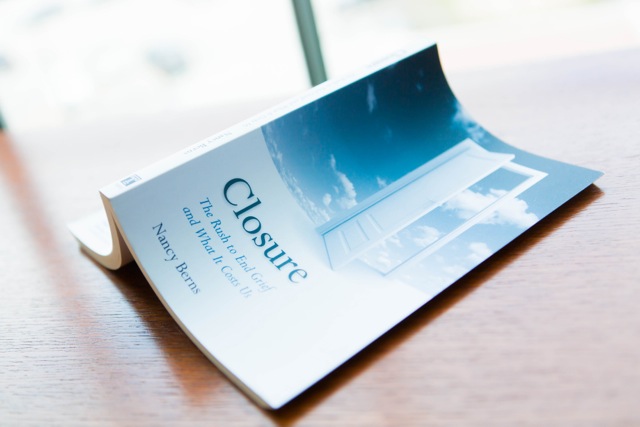Recently at a Kohl’s department store, the sales clerk finalized my transaction and added a cheesy “You saved $26!”
Laughing, I said, “You guys crack me up when you say that. The reality is I spent $49.”
He replied, “But we like to look on the bright side!”
I said, more seriously, “It’s a gimmick. You always have sales. I didn’t save when I came here. I spent money.”
Spending money is not always bad, but let’s be realistic. At that moment, I spent money. I didn’t “save.” I can spend money and save (separately), but I can’t ignore the spending part of life by pretending I saved while shopping.
I have a similar reaction to the breezy “look on the bright side” phrase that comes when people are uncomfortable with others’ difficult moments. The “bright side” is real and important, but let’s not cheapen it by ignoring the grief in our lives.
When people are facing a crisis or just having a hard day, it can be tempting (and often well-meaning) to say something along the lines of “try to look on the bright side.” That is not always a bad strategy. I will sometimes say that to my children. However, before I say that, I try to make sure I give them time to tell me what is wrong. I take their emotions and troubles seriously. After they feel heard and validated regarding their struggles, they are more ready to see other parts of their lives too.
I hear similar stories from people about grief. When others listen to their pain, it opens up space for them to also see the joy around them. We need to be able to share the pain along with the joy in our lives.
Thankfully, “the bright side” is never too far away, but we should not reduce it to an empty slogan. When we tell people to “be positive” without hearing their struggles, we do not see them as a whole person. Some people do need help learning to see beauty and joy in dark times, but that journey finds joy and grief together. Grief is an important part of our lives. We can be realistic about our need to grieve and along the way still find the bright side.

Leave a Reply